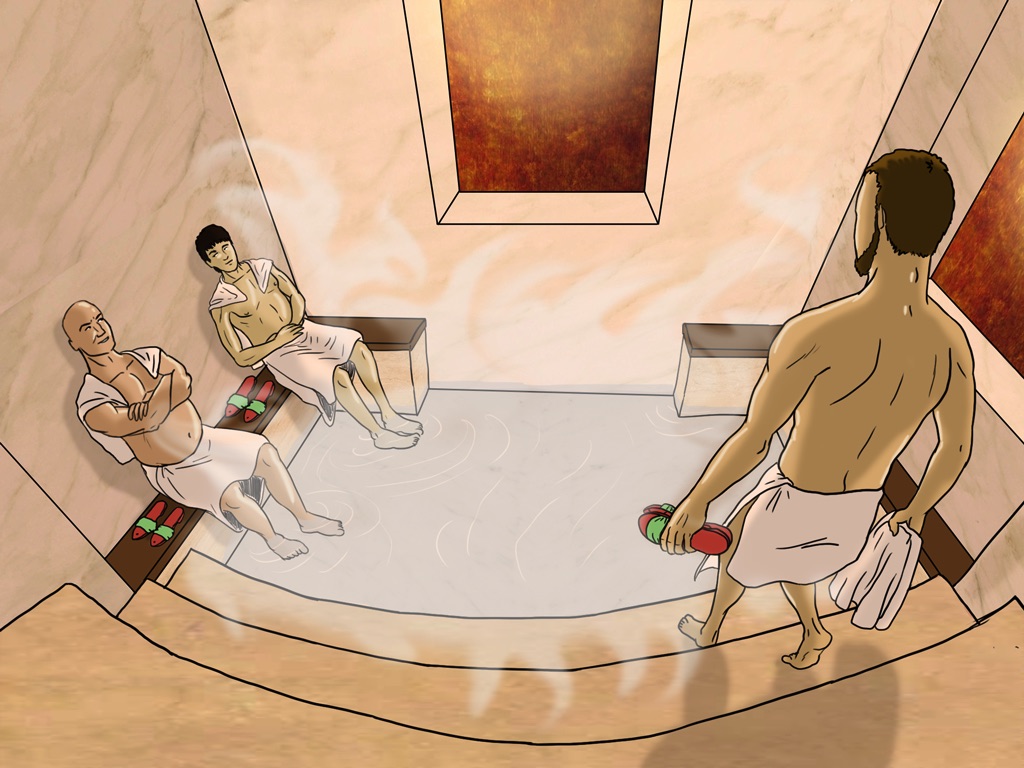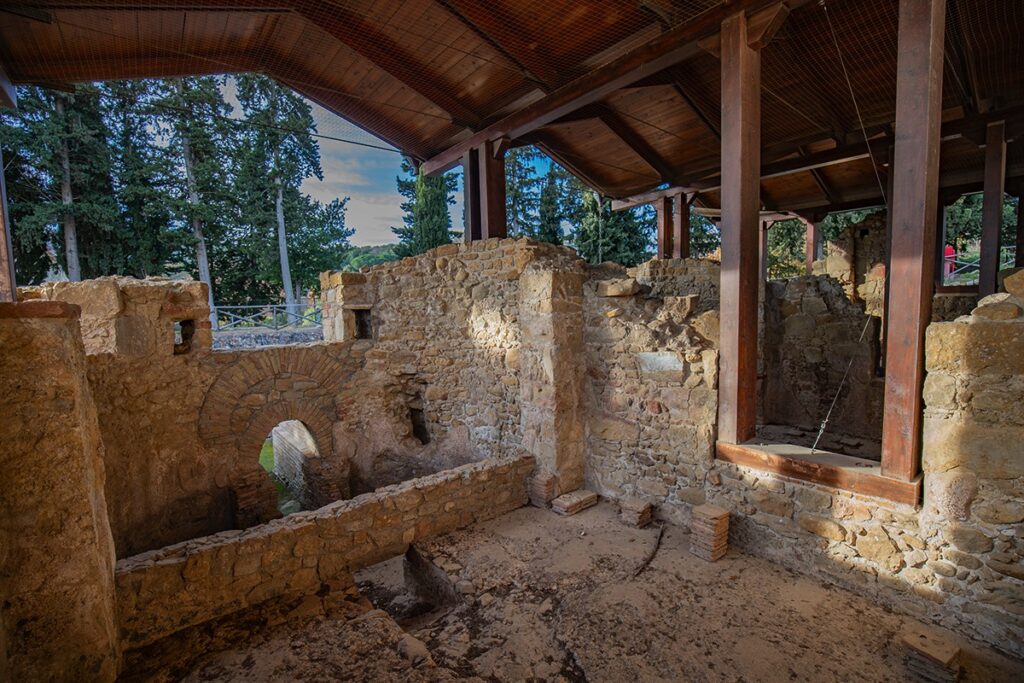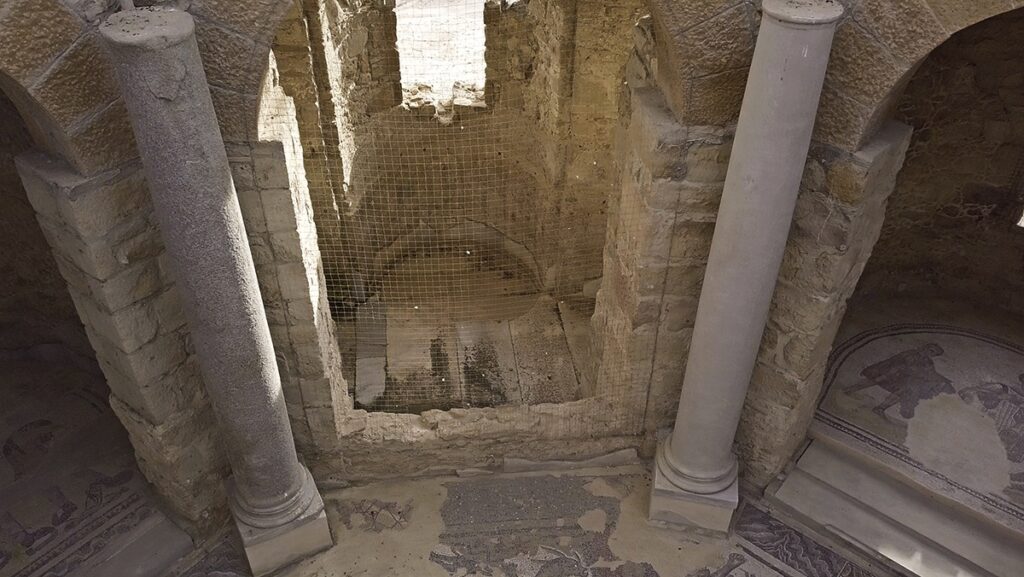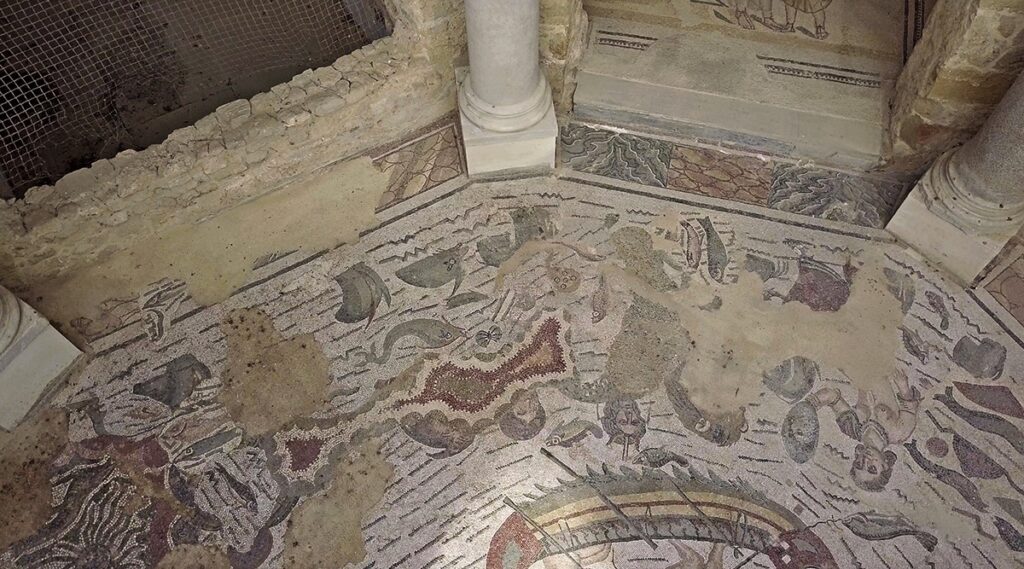In Rome, the system of
thermal baths
had developed based on the therapeutic knowledge of Galenic medicine, which touted the benefits of sweating alternated with massage and hot and cold ablutions.

Depending on its function, the Roman baths had rooms with different temperatures and sizes. The
Calidarium
The
Calidarium
for the hottest part, the
Tepidarium
and the Frigidarium, the coldest place on the route and the most monumental, if we think of the Baths of Diocletian dating back to 300 AD, where emperors were known to go and mingle with the common folk. At the Villa Romana del Casale, the Frigidarium also incorporated the changing rooms, called
Apodyteria
. In the bath complex, open to the public, people would socialise in the two pools, still visible today, and perhaps even conclude business.
 Cold baths were considered to be particularly healing and invigorating. In fact, the two pools would have contained unheated water from pipes connected to the aqueduct. The longest pool, located to the north, was used for free swimming, while the smallest, triapsidal pool was intended for simple immersion.
Cold baths were considered to be particularly healing and invigorating. In fact, the two pools would have contained unheated water from pipes connected to the aqueduct. The longest pool, located to the north, was used for free swimming, while the smallest, triapsidal pool was intended for simple immersion.